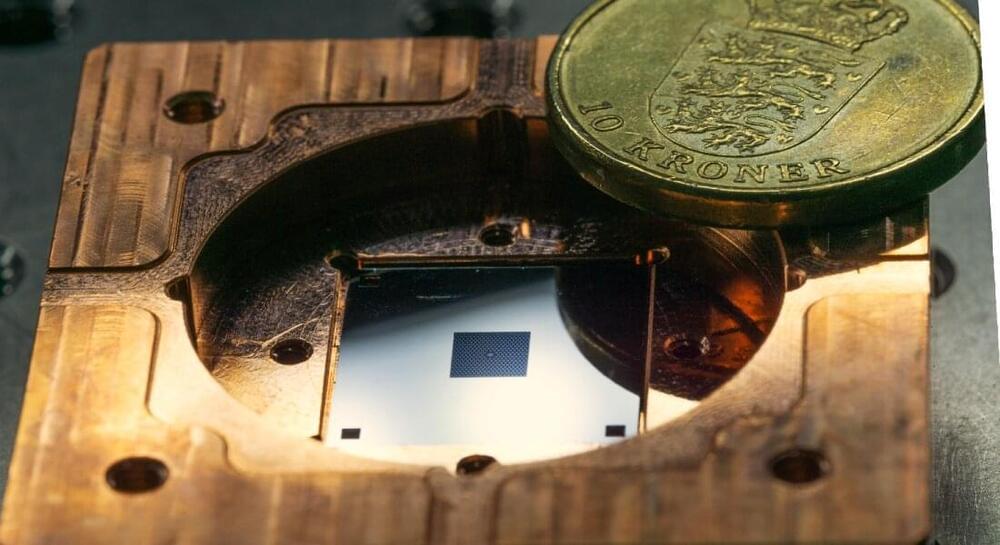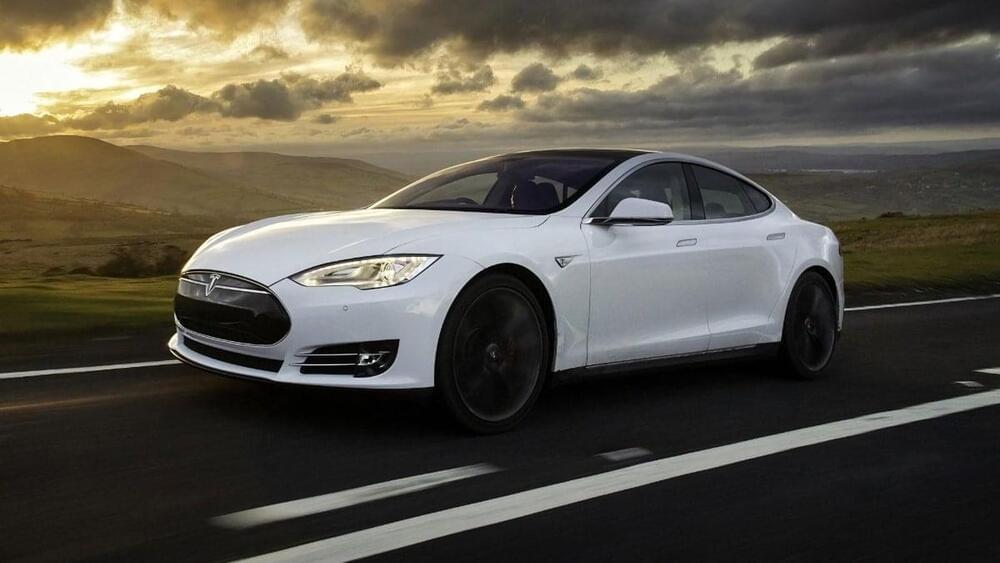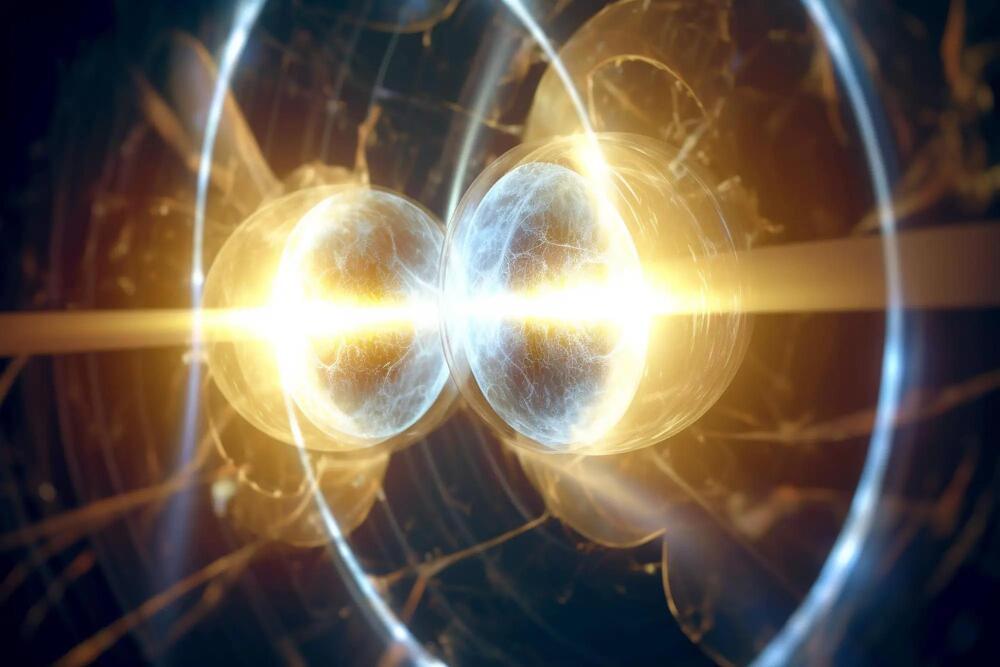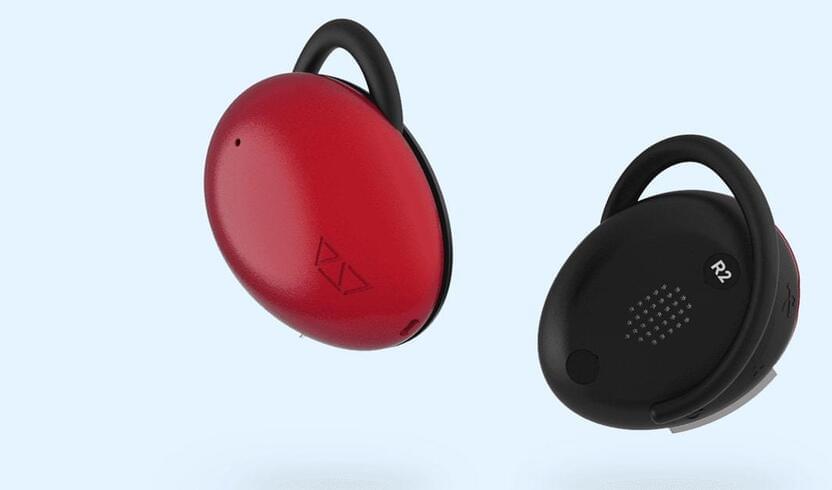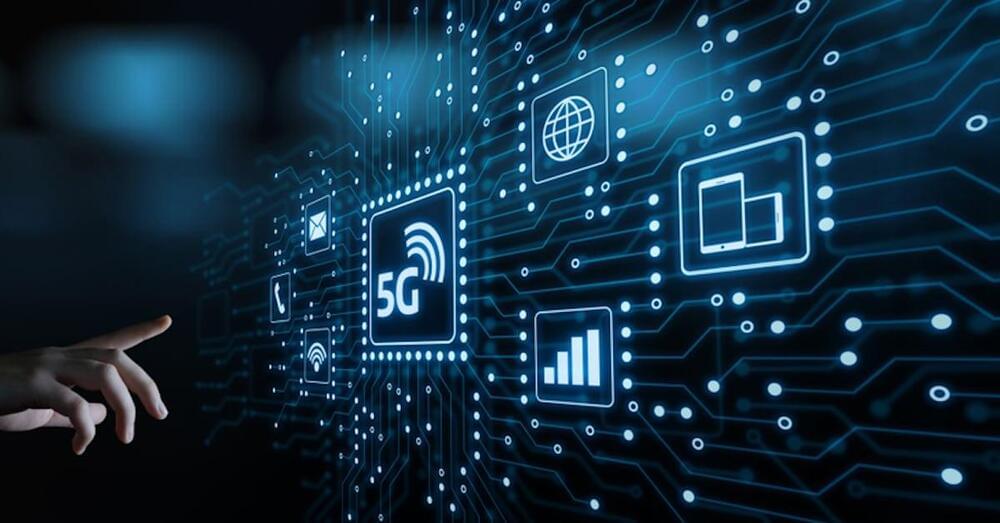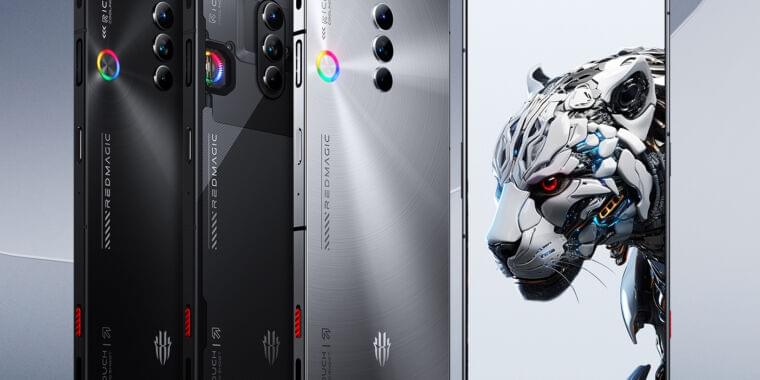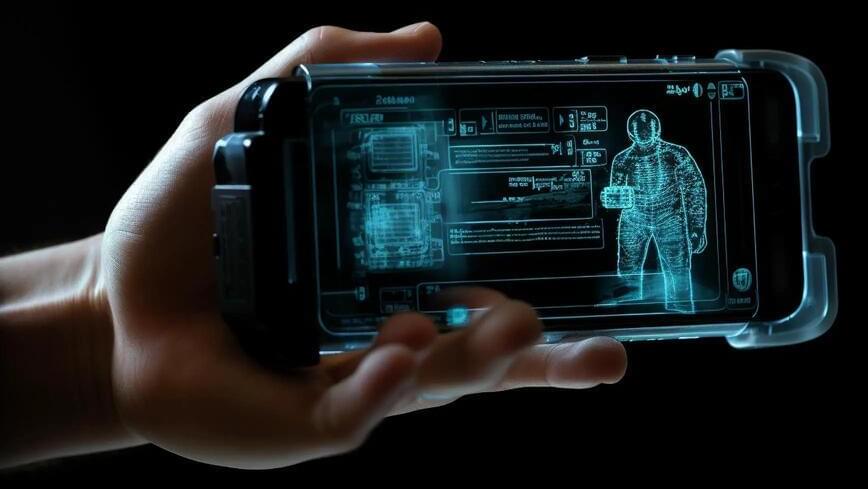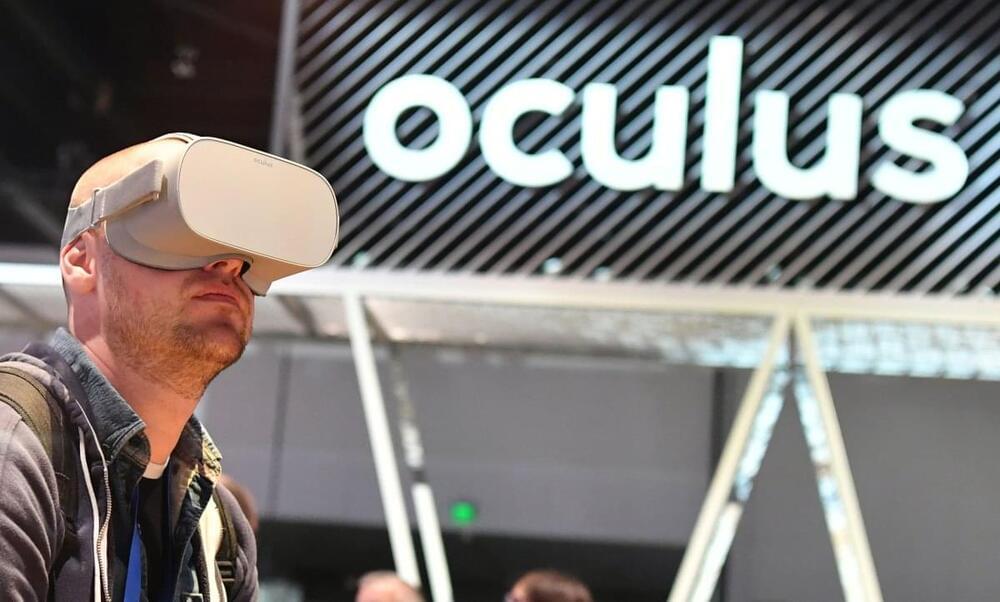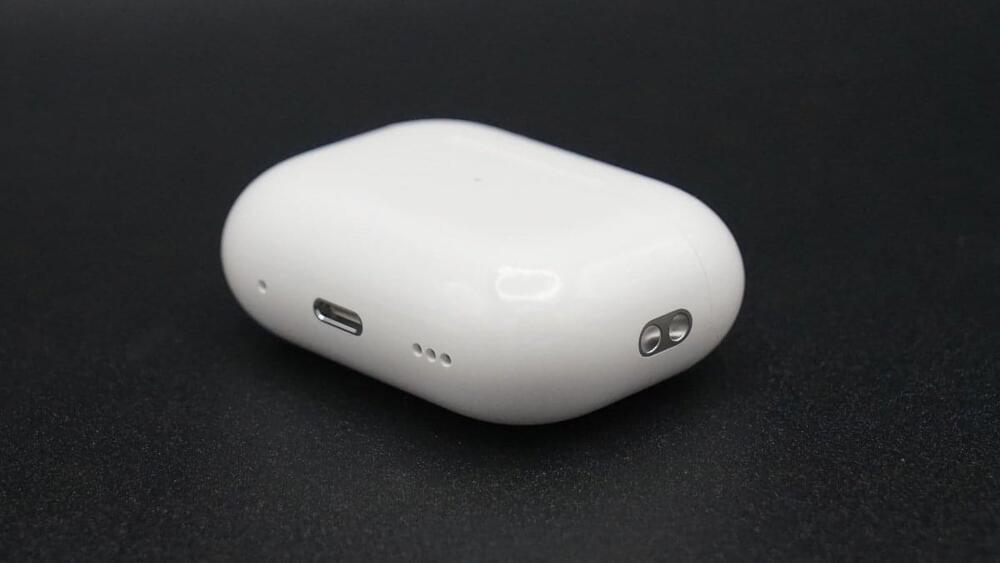University of Copenhagen researchers have invented a “quantum drum” that can measure pressure, a gas leak, heat, magnetism and a host of other things with extreme precision. It can even scan the shape of a single virus. The invention has now been adapted to work at room temperature and may be finding its way into our phones.
Humans have tried to measure the world around them since ancient times. Now, researchers are using the laws of quantum physics to develop one of the most sensitive measuring devices the world has ever seen. One day, it may even be yours. With two innovative solutions, researchers at the Niels Bohr Institute have found a way to get quantum technology into our pockets.
The heart of the apparatus could be called a “quantum drum”: It is a thin membrane that vibrates like a drum skin, but with so small an amplitude that the laws of quantum physics are needed to describe what’s happening. In other words, it’s vibrating really fast. This means the drum can be used as an ultra-precise measuring device—a quantum supersensor.
